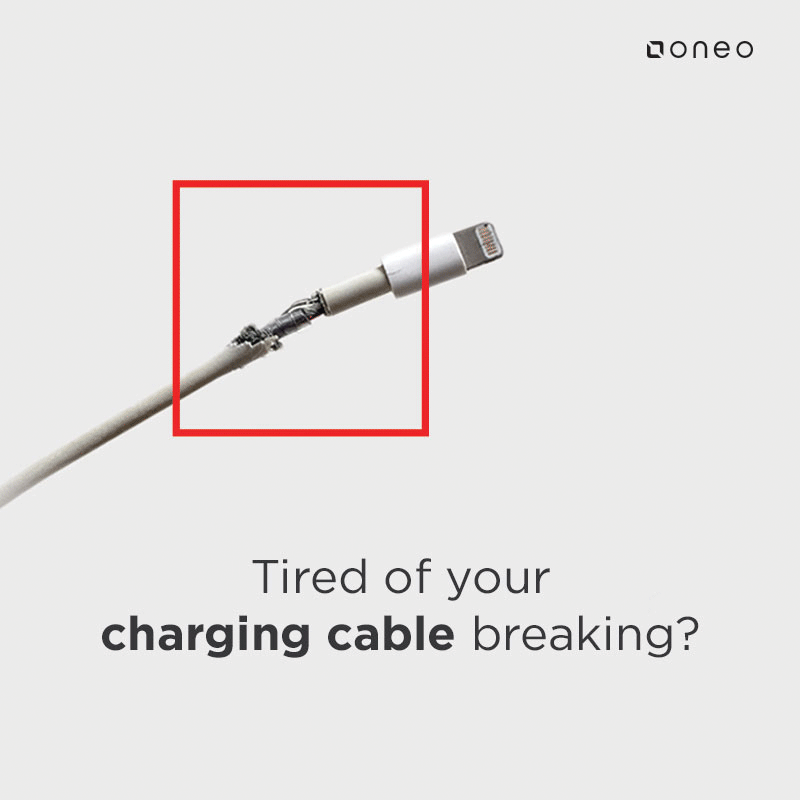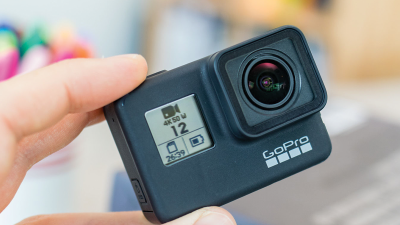When it comes to data collection or even adhering to the fundamental principles of privacy, tech giant Google hasn’t always had the best track record. In the current cybersecurity atmosphere, everybody knows that Google maintains a detailed history of its users, which enables it to fulfil the primary purpose of third-party marketing.
Although the phrase “detailed record,” bears some substantial implications, very few people realise the full extent of the mass surveillance being committed by the tech giant. To say that the scope of Google’s “record-keeping” is Orwellian would be an understatement; keeping in mind that Google knows about the latest obsession you’ve had with a celebrity, to something as futile as the last place you ordered takeout from.
Fortunately, however, there’s been an active effort from Google’s side to patch things up from a security standpoint, including the introduction of an arsenal of privacy tools. Until more recently, though, the vast majority of Google users haven’t made the active effort to utilise those tools, including the option to manually delete their browsing histories.
In May 2019, a new silver lining came up when Google introduced an option that enabled users to delete Google searches, and location history automatically. This option was later expanded to include the auto-deletion of YouTube histories, along with the introduction of an incognito Google Maps as well.
When Does The New Tool Come In Handy?
For the most part, the inclusion of the new privacy tool is accessible through the “My Activity” toolbar.
As we’ve already mentioned above, the collection of data by Google is not only a blatant invasion of privacy. It also enables the tech giant to manufacture the collected data into a “package” predisposed to third-party advertisers for the purpose of targeted marketing.
Many people would believe that their smartphone is listening to them, but as a matter of fact, companies are instead using data like our browsing history, locations, purchase records, age, and pixels, to predict what you might be thinking about buying.
Up till now, advertisers would rely on the consumer-oriented data shared by Google, and target individuals with adverts that they’re more likely to click on. Although information such as our takeout preference, or the brand of clothes we like to wear might seem useless to us- any data that helps make money is highly valuable.
The advantages offered by the latest privacy tools work on two levels. The first and more obvious one being the choice that Google users now have, as far as protecting the data from their Google and YouTube searches are concerned.
A secondary benefit, provided by the incognito mode on Google Maps, is that users can now navigate addresses and locations they’d prefer to keep secret, for example, a visit to the psychiatrist.
Moreover, the newly introduced tools play a vital role in the much-needed implementation of the principles of privacy online.
How Can You Auto-Delete Your Google Data?
The first step to accessing the tools is to access the My Activity web tool, either by searching on it for Google or by clicking My Activity.
Search history
When you’ve gained access to the My Activity tool, you’ll need to click on Activity Controls. You’ll need to search for an option called Web & App Activity and click on it. Once the page has loaded, you’ll need to select ‘Manage Activity’ and subsequently click on the button underneath the calendar icon.
Once you’ve selected the button, you’ll need to choose one of three options, based on your preference. The options available dictate that the activity history on several Google products can be kept until a user manually deletes it, or for a fixed period of either 18 or 3 months.
When it comes to deciding which alternative to opt for, we’d recommend that our users analyse their particular situation, and choose accordingly. If you’ve been searching a lot about the recent developments in cybersecurity, Google News is more likely to recommend articles about the cybersecurity world. If you appreciate staying in the cybersecurity loop, setting your Google searches to auto-delete after 18 months is probably your best call.
However, if you find the personalisation of your news feed and search results unsettling, you might be better off by switching the button to the ‘off’ position.
YouTube history
If you’ve ever been surprised why you see an advert for a particular brand, right after you searched for it on YouTube- chances are you don’t know about the greatest tech deal, which took place 13 years ago.
Currently, everything that you search on YouTube is inherently linked to your Google account, which explains the hauntingly familiar adverts you see everywhere online. However, the introduction of the new privacy tool allows users more control over their YouTube searches, along with the option to pause the collection of information regarding their YouTube ventures altogether.
When it comes to setting your YouTube history to auto-delete, users need to select Activity Controls in the My Activity tool. After locating the YouTube history, select and Manage history, privacy settings situated underneath the calendar icon.
After you’ve followed the entire process mentioned above, you’ll need to choose between the three options mentioned above, as per your preferences, while subsequently saving the changes you’ve made.
Google Maps
With the new incognito mode integrated into Google Maps, users can hide their searches and navigate destinations privately. Although the standard incognito browser faces vast criticism from many cybersecurity specialists and security-driven users, the incognito mode in Google maps offers users the opportunity to remove any trace of ever visiting a place or destination.
In order to switch the incognito mode in Google maps on, users need to open the Maps app, and click on the icon in the upper-right corner, and select the ‘Turn on Incognito mode’ button.
Furthermore, Google users can now also set their location history to auto-deletion. Similar to deleting your YouTube or Google searches, you’ll need to access Activity Controls via the My Activity tool. Once you’ve located Activity Controls, you’ll need to scroll down to Location history and select Manage Activity.
After you’ve located a nut-shaped icon, click on ‘automatically delete location history,’ and select an option that suits you best. As a general rule of thumb, however, we recommend switching the button to auto-delete location history after three months.
Moreover, individuals who wouldn’t like to keep a record of their location history at all can now do so, simply by toggling the switch to the ‘off’ position.
If Google Maps can self destruct data, that means you will be able to keep your data incognito.
Although the recent introduction of the privacy tools make the process of deleting search histories much more convenient than what it used to be, users still need to exercise caution.
When it comes to the tedious task of choosing what to delete and what option to select, Google users need to analyse their personal preferences, including the impact that data collection has on them. (I’ve met more than a few people who quite enjoyed the personalisation of their feeds.) Moreover, the Google browser has also taken in its control as a search engine to develop its safe browsing technology.
With that out of the way, it’s always better to play it safe and set your data to auto-delete after three months rather than be continuously bombarded with “personalised” ads.
Author Bio: Rebecca James is an enthusiastic cybersecurity journalist, a creative team leader and editor of PrivacyCrypts. You can find Rebecca on Twitter.





















Comments